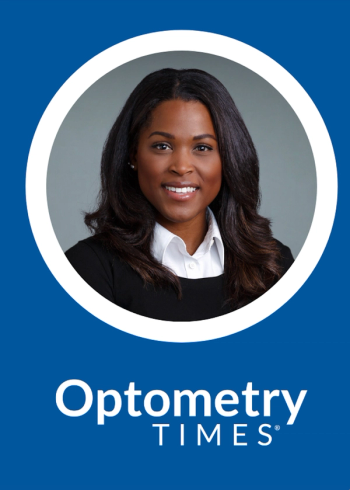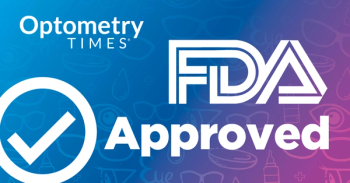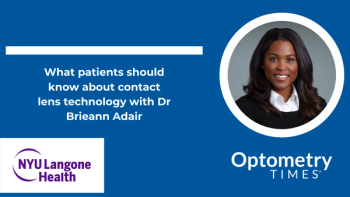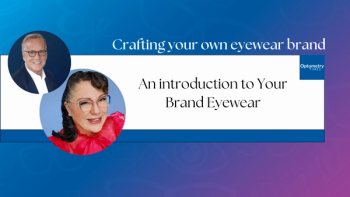
AAOpt 2025: Understanding recreational drug use and the eye
Young explores the complex relationship between recreational drug use and eye health, highlighting addiction's impact on vision and patient care strategies.
Note: Video captions are auto-generated with the assistance of AI and may contain errors.
Benjamin Young, OD, an associate professor at the New England College of Optometry, delivered a presentation titled, "Clear Vision, Clouded Mind: Recreational Drug Use and the Eye" at the 2025 American Academy of Optometry meeting held in Boston, Massachusetts.
His presentation explored into the complex physiological and psychological mechanisms of drug addiction, challenging the simplistic notion that addiction is merely a matter of willpower. Young emphasized the critical transition from impulsive to compulsive drug use, highlighting the significant biological changes that occur in the brain during this process. He stressed the importance of medical professionals approaching drug use with empathy and understanding, rather than judgment.
One of the key insights Young shared was the relationship between opioid use and pupil size. He explained that extremely small pupils can indicate a higher-than-normal dose of opioids, particularly in recreational users. Interestingly, long-term opioid users may actually return to more normal pupil sizes over time. The presentation also addressed the delicate nature of discussing drug use with patients. He recommended a strategic approach: integrating drug-related questions into a broader examination context. By explaining that certain eye exam findings prompt these questions, healthcare providers can make patients feel more comfortable and less defensive. Young highlighted the diagnostic complexity surrounding drug-related eye conditions. He used retinopathies as an example of how similar retinal changes can result from various conditions. This underscores the importance of combining clinical observations, patient symptoms, and comprehensive medical history to arrive at accurate diagnoses. The core message of Young's talk was the need for a nuanced, compassionate understanding of recreational drug use. By recognizing the biological underpinnings of addiction and approaching patients with sensitivity, healthcare professionals can provide more effective and empathetic care.
Key takeaways include:
- the importance of understanding addiction as a complex medical condition,
- the subtle physical indicators of drug use, and
- the critical role of patient communication in comprehensive medical assessment.
Newsletter
Want more insights like this? Subscribe to Optometry Times and get clinical pearls and practice tips delivered straight to your inbox.



















































.png)


